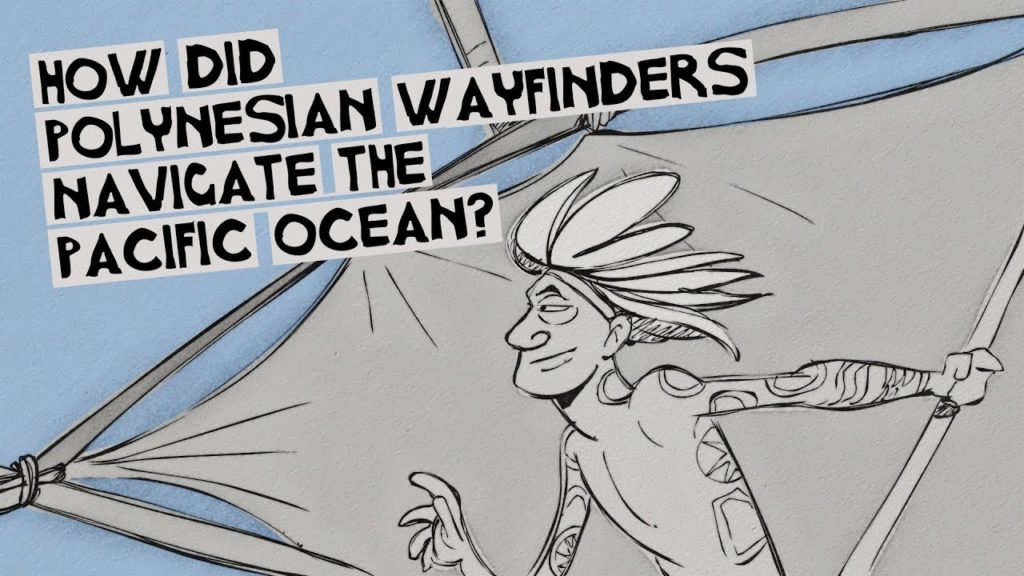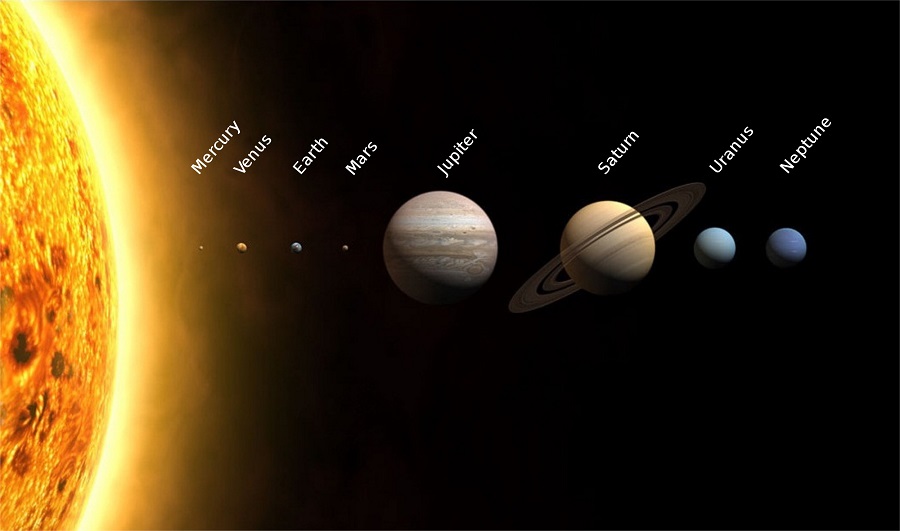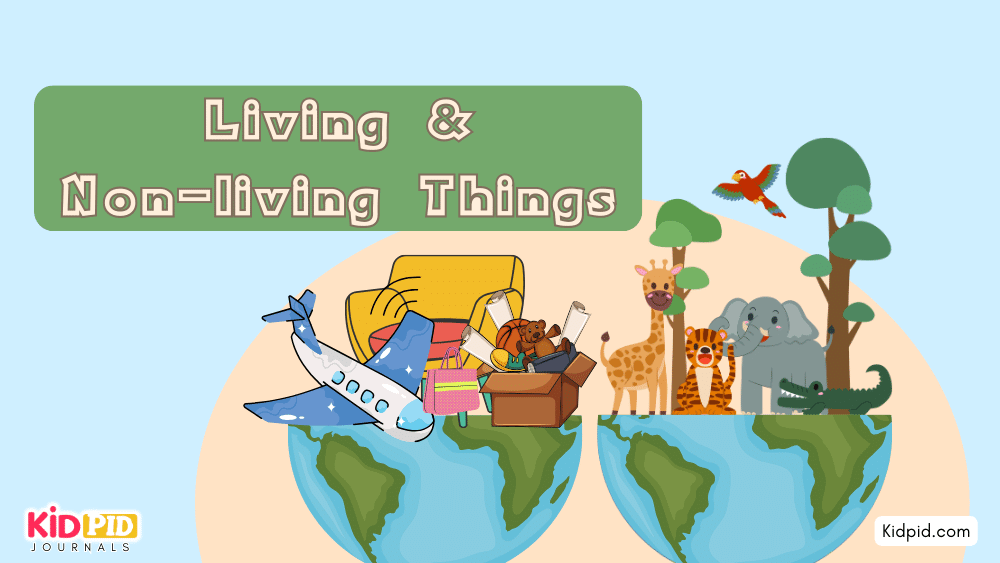How did Polynesian wayfinders navigate the Pacific Ocean?

Have you ever sailed in a canoe? I can already imagine the “Life of py”, without the tiger though, or “Moana” without the task to save her land was based on a true story of the 1978 voyage from Houlea to the Tahiti.
Well for more than 1000s of years Polynesian navigators accomplished their expedition with the help of the sun, moon, stars, planets, and ocean currents as a director that presented the pathways.
It all originated around 1500 B.C. setting their first sail from southeast Asia, they ultimately settled an enormous area of the island spread over the Pacific ocean, but these voyages diminished around 1300 A.D. All this was proved by the evidence in petroglyphs, European explorers, etc.
Contents
So how did they make the successful voyages?
A smooth sea never made a skilled sailor. The factors played a prominent role.
- Sturdy canoes/ wa’a kaulua or double-hulled canoes
- Abilities of navigators
- Weather.
The fun part was that the building of a canoe brought the whole community together like the movie “Moana”. Usually, navigators are keen spectators of the natural world, possessing the knowledge of trade wind-generated ocean swells
How did they know the accurate directions?
- By day, navigators would recognize their directions by the movement of their canoes. But sunrise and sunset showed detailed directions as the Sun’s position indicated east and west and its low light gave a vivid view to identifying swells
- During the night, they used a star compass or mental map, you would have definitely seen this scene in Moana where she uses this technique to lead her way. They would have to memorize the points of stars and constellations. Using this they split the sky into 4 quadrants like Ho’olua, Ko’olua, Kona, and Malanai.
- Another method was using the one fixed star Hokupa’a that always indicates north, But people in the south of the Equator used a constellation called Newe
- Clouds, for example, the lagoons would be reflected on the underside of the clouds, and high mass clouds showed mountains.
- Even flying patterns of birds, floating debris, vegetation, types of fishes also help discover the vicinity of the land.
Did this make you hanker the experience of sailing? So all aboard people.






Responses